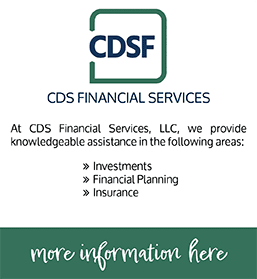 A cornerstone of smart tax planning is managing your purchases and sales of property year-round. And a key component of this activity is knowing that the resulting sale of a home, stock, or collectible creates a taxable gain or loss with varying tax implications. The savvy taxpayer understands that the correct capital gain approach can save plenty of money. Here are six capital gain tax-cutting opportunities to consider throughout the year.
A cornerstone of smart tax planning is managing your purchases and sales of property year-round. And a key component of this activity is knowing that the resulting sale of a home, stock, or collectible creates a taxable gain or loss with varying tax implications. The savvy taxpayer understands that the correct capital gain approach can save plenty of money. Here are six capital gain tax-cutting opportunities to consider throughout the year.
- Take advantage of lower long-term capital gains rates. Assets sold that were held for more than one year benefit from advantaged tax rates. Instead of paying ordinary tax rates as high as 37 percent, you get a lower rate of zero to 20 percent, depending on your income. When selling an asset, first check when it was purchased to see if waiting a little will push it over the one-year mark.
- Wisely harvest short-term losses. Since capital gains are taxed at different rates, the IRS requires that capital losses are first applied to any losses from the same category. For instance, long-term losses are initially netted against long-term gains. Any excess losses can then be applied to short-term gains and up to $3,000 of ordinary income. Take advantage of this rule by trying to match any losses against short-term gains and ordinary income whenever possible.
- Watch out for the special collectibles tax rate. Selling certain items worth collecting can get taxed at an even higher rate of 28 percent. Some examples include valuable paintings, trading cards, or rare coins. If you plan to sell a collectible item, first track your basis (original price, plus fees you paid for the item) to ensure an accurate gain amount can be calculated. Next, check your marginal tax rate. If it’s lower than 28 percent, selling an unwanted collectible before you’ve owned it for one year can result in a smaller tax bite.
- Treat cryptocurrency as an investment.The IRS does. Every exchange of cryptocurrency like Bitcoin has a component of gain or loss that must be tracked. This includes using the cryptocurrency to buy something or just the act of trading the currency on an exchange. All these transactions need to be reported on your tax return and recorded as a capital gain or loss.
- Know the primary residence capital gain exclusion. One of the best tax breaks going is the $250,000 ($500,000 if married) primary residence gain exclusion. But misunderstanding the rules can cost you. It is especially important to understand the length of time you have owned the property and when your property can be treated as your primary residence. Other situations that can cause trouble are going from two homes to one (often experienced by newlyweds) or selling a home after a divorce.
- Leverage gains with charitable giving. Finally, consider donating property with a long-term capital gain to a qualified charity. If the donation meets certain rules, not only will you avoid paying capital gain taxes, you will receive a tax deduction equal to the higher fair market value of the property donated.
With so many rules and constantly moving pieces, it’s important to consider the tax consequences with every investment or property transaction. This is an exercise the knowledgeable taxpayer is conducting throughout the year. Please feel free to call us at (888) 388-1040 with any questions regarding your situation.
Article Date: 11-20-2019





